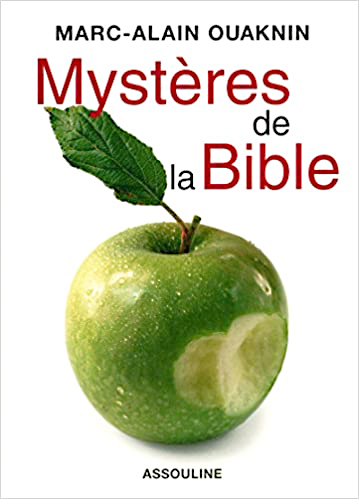
Bible, History, Archaeology
Bible,
History,
Archaeology
The Targum,
Targumim or Aramaic translations
Aramaic translations
Targum, plural targumim, is a Hebrew word meaning «translation». This term refers to the first Aramaic translations, which were in a way the first written interpretation of the biblical text.
Very early on, perhaps as early as the time of Nehemiah (5th century BC), the need arose in liturgical assemblies for the Hebrew reading of Scripture to be followed by an oral translation into Aramaic, designed to make the sacred text accessible to the faithful. The interpreter, known as the metourgeman, He translated the verses, explaining them and including narrative or prescriptive elements to bring the text up to date. For a long time, Targum was transmitted orally. The interpretive background was amplified in the course of transmission. The ramification of oral formulations accounts for the existence of several recensions. These versions were the primary basis for understanding Scripture.
As for the actual writing of these Targumim, this was around the 1st century BC, and the language spoken was no longer Hebrew, but Aramaic, both in the land of Israel and in the extremely important Babylonian diaspora. The Jewish sages, however, still spoke Hebrew, as evidenced by the texts of the Mishnah, conceived and definitively written in the 2nd century by Rabbi Yehuda Hanassi.
So it was for the people that the text was translated into Aramaic, a language understood by all, and which enabled the biblical text to be understood by all when the Torah was read in the synagogue. In this sense, Targum - because of its oral and collective nature - can be considered close to «popular culture».

A leaf from an 11th-century Targum, discovered in Kurdistan. Schøyen Collection.
The three essential versions
- Targum Onkelos
This is the literal translation of the Pentateuch, usually attributed to the Greek proselyte Onkelos.
This translation was written around the end of the first or second century of the Christian era.
- Targum Yonatan
Historians call it Pseudo-Jonathan. It is the translation of Yonathan Ben Ouziel, one of the greatest masters, a pupil of Hillel the Elder, who lived at the beginning of the first century of the Christian era.
- Targum Yerushalmi
It is the third Aramaic translation of the biblical text. We possess only fragments.

Find out more
OUAKNIN Marc-Alain, Mysteries of the Bible
Édition Assouline, Paris.
Where does the word Bible come from?
What is a codex?
What is the Talmud?
